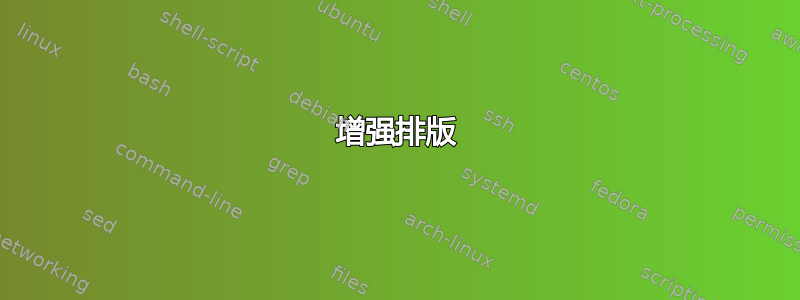
我有一个两行方程,但以下代码放入两个数字(例如(1)和(2))
\begin{alignat}{2}
&E_{peer} = E_{miss} \\
&+ h_{3} \times (E_{dir}+E_{r}+E_{L2}(access)+h_{4} \times E_{wire})
\end{alignat}
输出为

但应该只有一个数字。
答案1
我准备了三种变体。选择你最喜欢的一种(我推荐第一个带有 的变体multline)。
\documentclass[a5paper]{article}
\usepackage{amsmath}
\begin{document}
\noindent Some text
\begin{multline}
E_{peer} = E_{miss} \\
+ h_{3} \times (E_{dir}+E_{r}+E_{L2}(access)+h_{4} \times E_{wire})
\end{multline}
Some text
\begin{equation}
\begin{split}
&E_{peer} = E_{miss} \\
&+ h_{3} \times (E_{dir}+E_{r}+E_{L2}(access)+h_{4} \times E_{wire})
\end{split}
\end{equation}
Some text
\begin{align}
&E_{peer} = E_{miss}\notag\\
&+ h_{3} \times (E_{dir}+E_{r}+E_{L2}(access)+h_{4} \times E_{wire})
\end{align}
\end{document}
增强排版
将包含多个字母和单词的索引设置为直立形状是一种很好的做法。我还喜欢为外层使用另一组分隔符,并使它们稍微大一些,因为小括号已经用于界定函数的参数(如果括号与其他符号相冲突,例如量子力学中的交换子,则应重新考虑)。
\documentclass[a5paper]{article}
\usepackage{amsmath}
\begin{document}
\noindent Some text
\begin{multline}
E_{\mathrm{peer}} = E_{\mathrm{miss}} \\
+ h_{3} \times \bigl[E_{\mathrm{dir}}+E_{r}+E_{L2}(\mathrm{access})+h_{4} \times E_{\mathrm{wire}}\bigr]
\end{multline}
\end{document}




